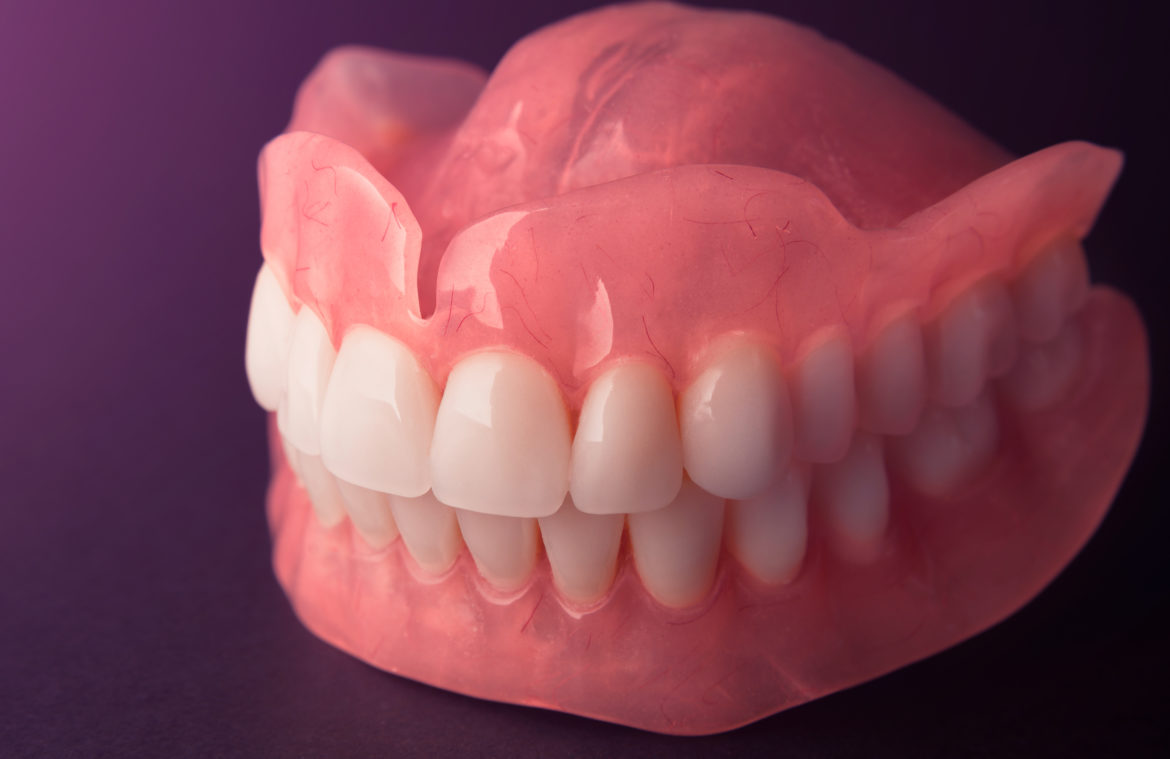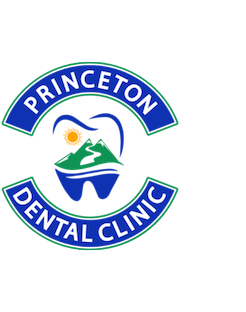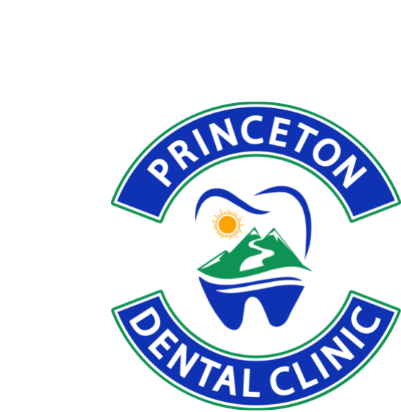
Complete Dentures
Complete dentures are considered a last line treatment for the replacement of teeth. When a patient is missing all teeth in an arch or both arches completed upper and/or lower dentures are considered an inexpensive option for replacing missing teeth. Dentures are not considered an ideal option for replacement of teeth. Dentures offer between 15-30% of the function that a comparable full arch of natural teeth offer. For this reason dentures are not recommended unless the patient has no other options for maintaining or replacing natural teeth.
Complete dentures depend on remaining natural bone for retention and stability. If a patient has adequate remaining bone in the upper (Maxillary) arch the denture is designed to create a seal with the arch and the palate. The seal that is created is used to retain the denture with a “suction” type force. If the patient has limited remaining bone in the upper arch the prognosis for the denture is poor and the patient may be forced to consider implant supported full arch options. Upper dentures cover the palate to create the seal required for retention. This covering of the palate affects the taste and speech. If a patient has a strong gag reflex and upper denture may not be tolerated. If the patient has inadequate bone or the arch does not have ideal form the denture may not be well retained. In the absence of an implant supported alternative the patient may be forced to rely on denture adhesives or may not be able to tolerate the upper denture at all.
Complete lower dentures also rely on bone shape and volume. Lower dentures are retained using undercuts in the arch as well as suction created by a good fit “Intaglio”. Lower dentures generally are the more likely to displace and have stability issues as the lower jaw has the floor of the mouth and tongue. Both contain strong muscles that tend to displace the denture in speech and function. Patient may be able to tolerate am upper denture but may find that the lower denture is challenging to become accustomed to. Many patient finds the lower denture challenging and may require implant supported options to improve function to the point that they are able to function with the upper and denture at the same time.
Natural teeth are able to generate significantly more force than a denture can tolerate. When an upper or lower denture opposes a denture often the patient will find that they are able to dislodge or displace the denture when functioning with natural teeth. When natural teeth apply force in chewing against the opposing complete denture often you find the patient will be able to dislodge the denture. As patients try and eat foods that require higher forces of mastication (chewing) they may dislodge the opposing complete denture.
While no gold standard exists for complete dentures, we often find that when a patient has a complete upper denture and a complete lower denture, they find great improvements in function if the lower denture is supported with 2 implants in the canine positions. These implants contain abutments “clips” that allow the lower denture to attach to the implants. These locator abutments will help prevent the lower denture from moving up and down and side to side with chewing and speaking. A complete upper denture with an implant supported lower over denture is often the “best value” in terms of reducing cost of treatment while achieving the best function with this last line treatment option.
IMPLANT SUPPORTED DENTURES/FULL ARCH SOLUTIONS
For those patients that would like to achieve a higher degree of masticatory (chewing) function and achieve a results that most approximates their natural teeth, implant supported full arch solutions should be considered. Many variations of full arch solutions exist.
Full arch “fixed” solutions refers to 12-14 teeth per arch that are retained by 4-6 implants. These full arch tooth replacement solutions are physically attached to the underlying implants with special implant screws. These fixed full arch solutions require annual or semi-annual removal and maintenance to ensure the underlying implants remain healthy. The maintenance of a full arch implant supported solution should be considered as much or more maintenance than natural teeth.
Full arch “removable” solutions refer to implant dentures that can be removed and “clip” into implant locators. These locators can be attached to a titanium bar, referred to as an implant bar over denture, or they can attach directly to the implant locators, referred to as an implant over denture.
Full arch “fixed” prostheses are considered the best treatment option. These in general are the most expensive option and can cost between $20,000-$35,000 dollars per arch.
Full arch “removable” prosthesis are considered a good treatment option and can cost between $10,000 and $20,o00 dollar per arch.
Often in the upper “Maxillary” arch we can place 4 implants with locator attachments and fabricate a maxillary denture with no palatal coverage. Maxillary dentures with 2 implants are considered high risk for failure and are not generally recommended. A minimum of 4 implants should be considered for removable maxillary implant over-dentures.
Lower “Mandibular” implant over dentures can have 2 or 4 implants. Often the prosthesis will be fabricated with 2 implants supporting the lower denture and 2 addition implants can be placed further back in the arch if the patient finds that they would prefer a more stable lower denture with less movement in function.
Full arch fixed or removable options are more complex treatment options. They are considered far superior to conventional complete dentures however they have increased treatment costs and maintenance costs.
In all of these full arch solutions an specialist Oral and Maxillofacial Surgeon is typically involved in the co-ordination and placement of the implants. Depending on the patients bone levels and complexity of medical history and clinical circumstances a dental specialist known as a Prosthodontist may also be involved.
It is best to discuss all of the options with the dentist and determine what best option for you will be. Different patients have different clinical circumstances and different clinical needs and desired outcomes.

